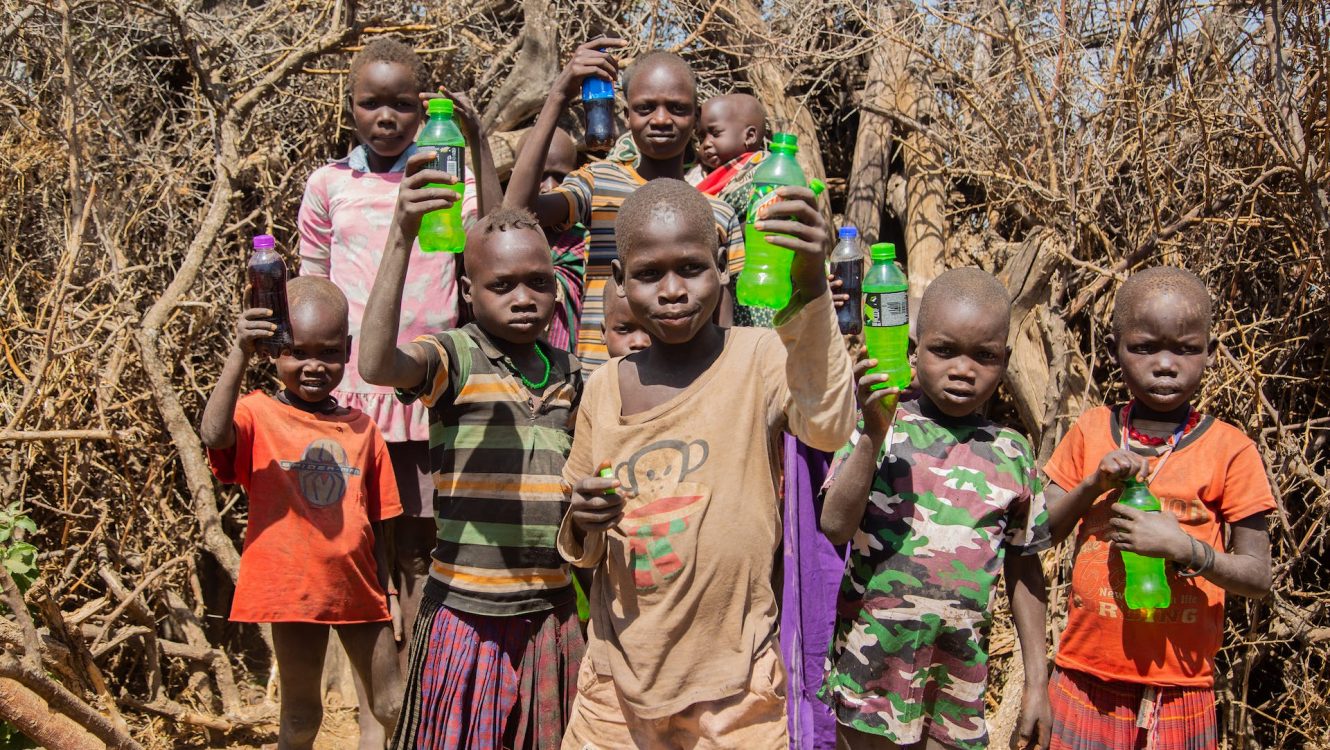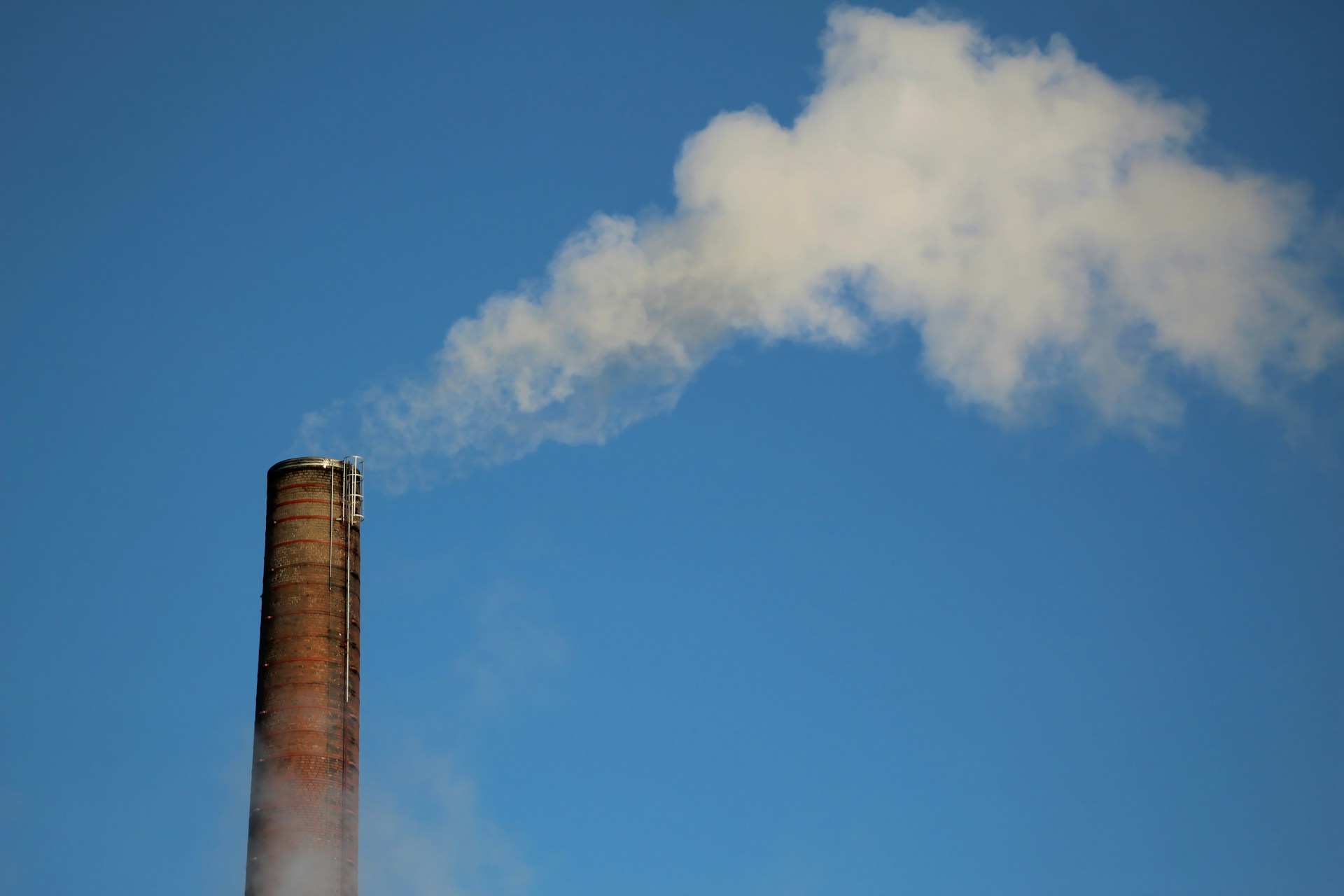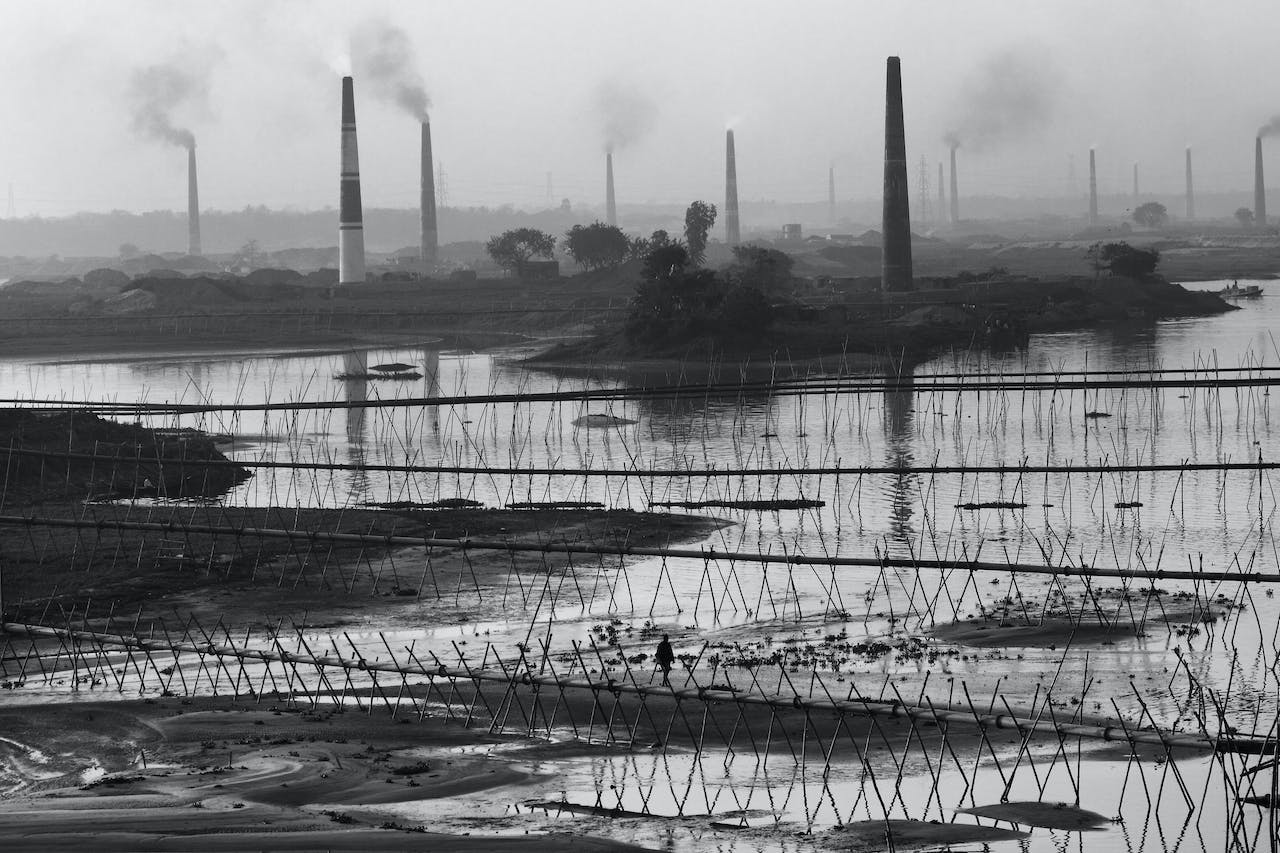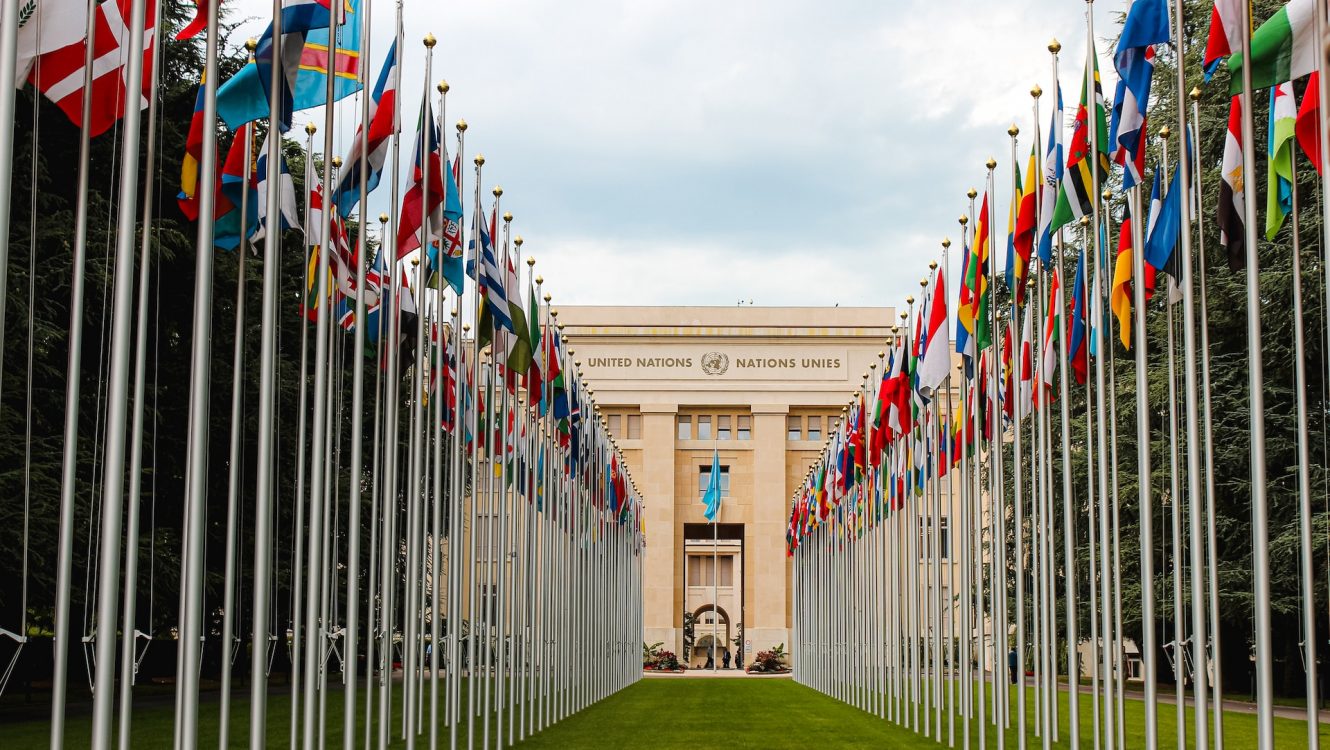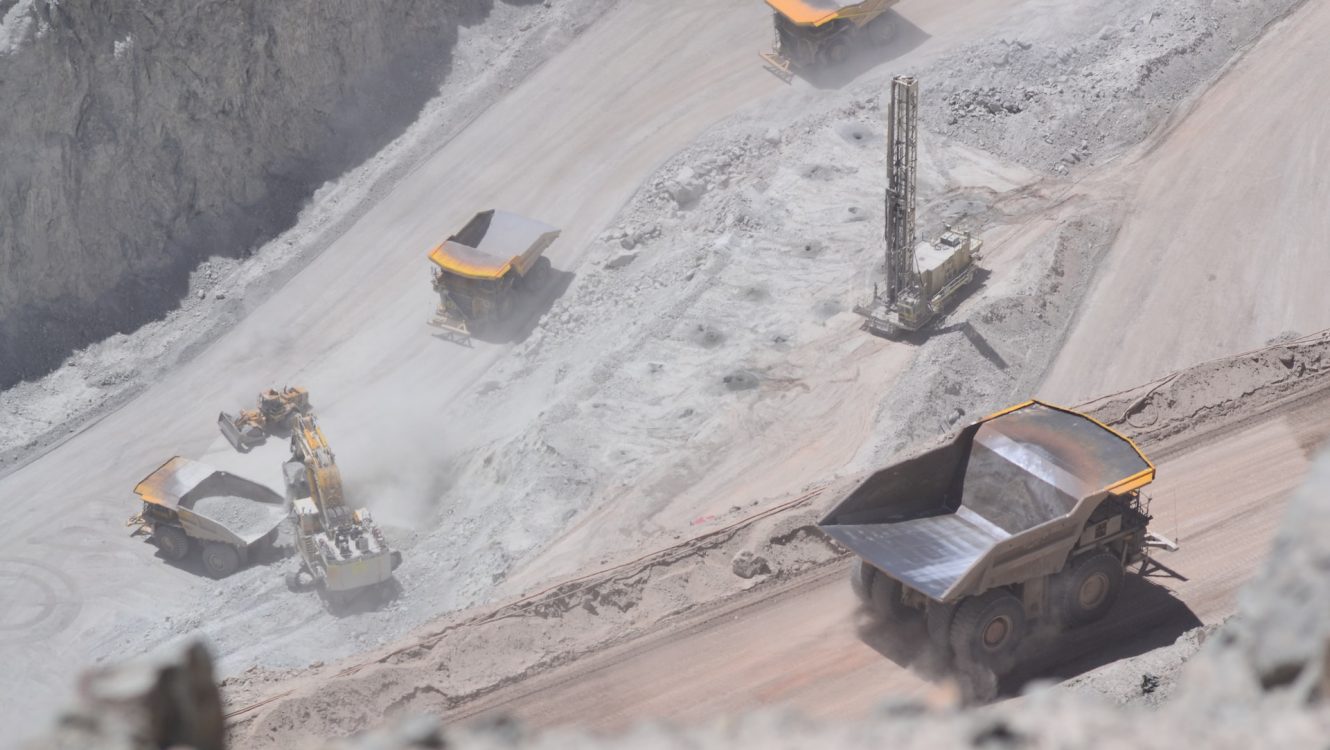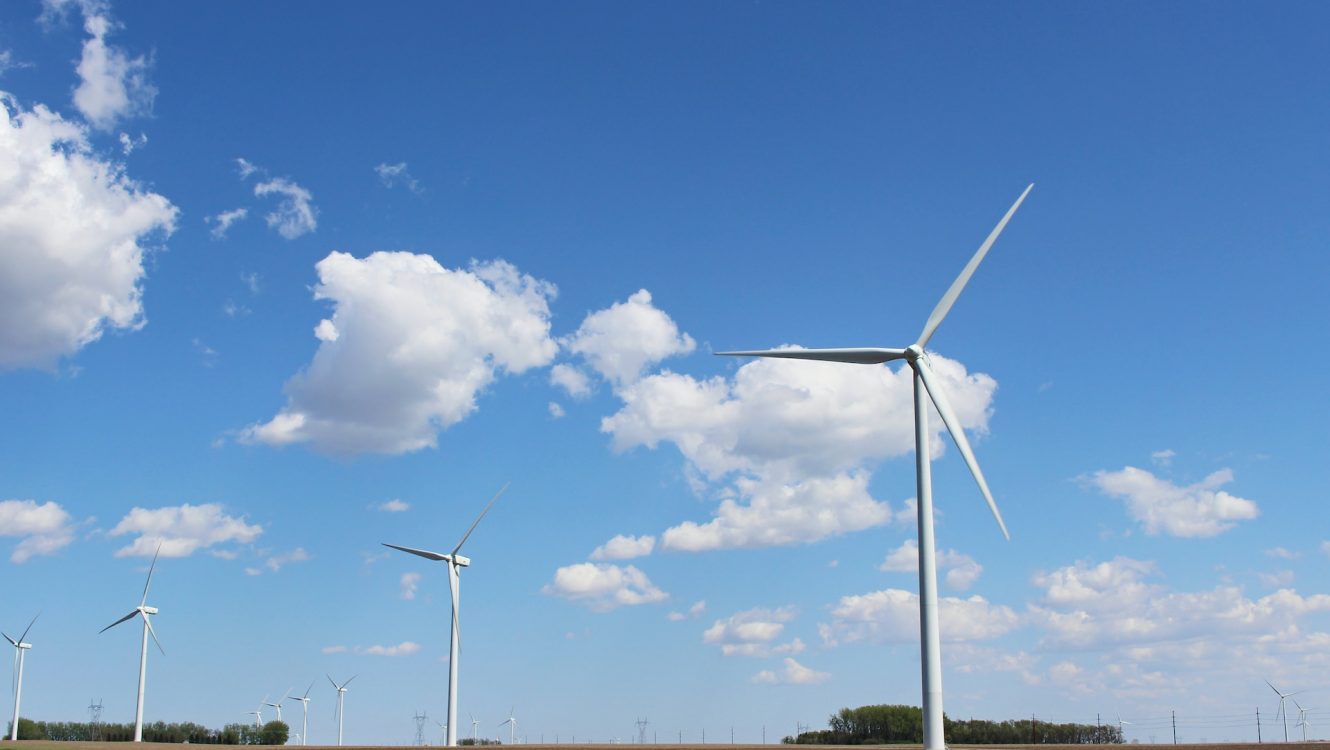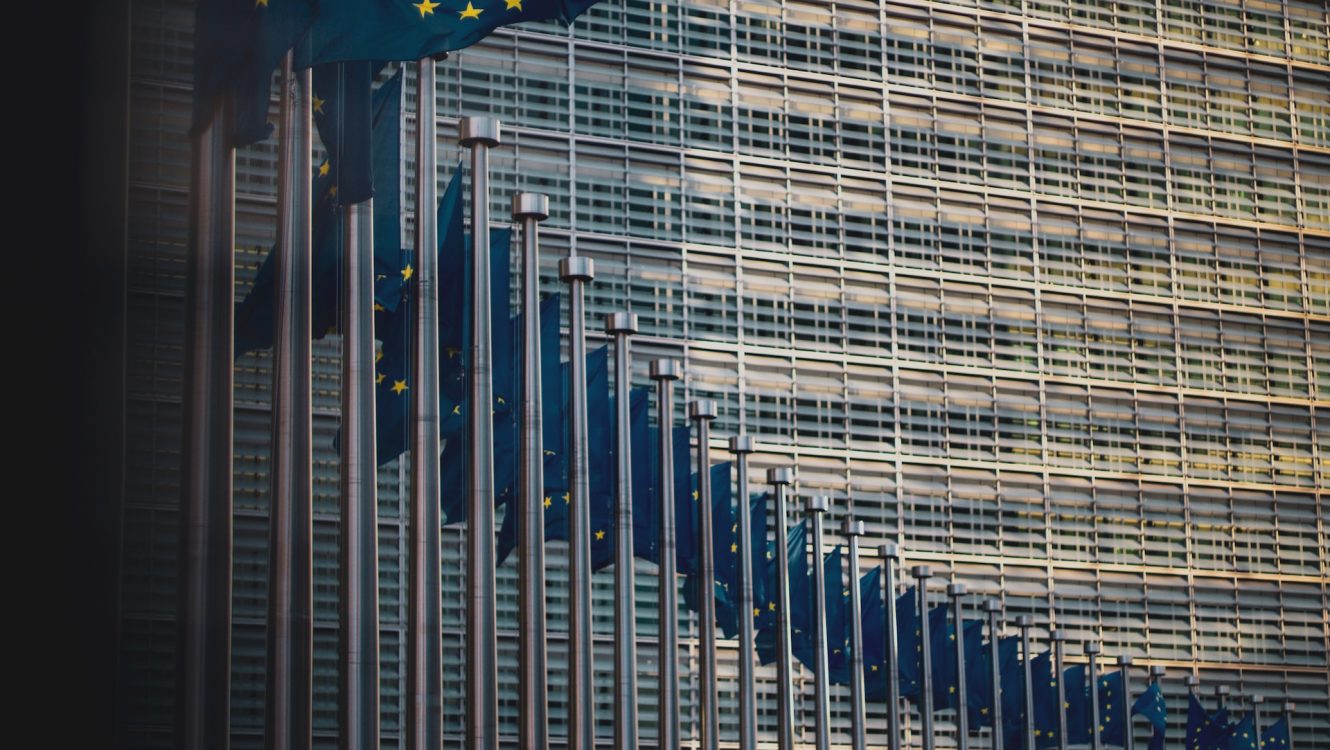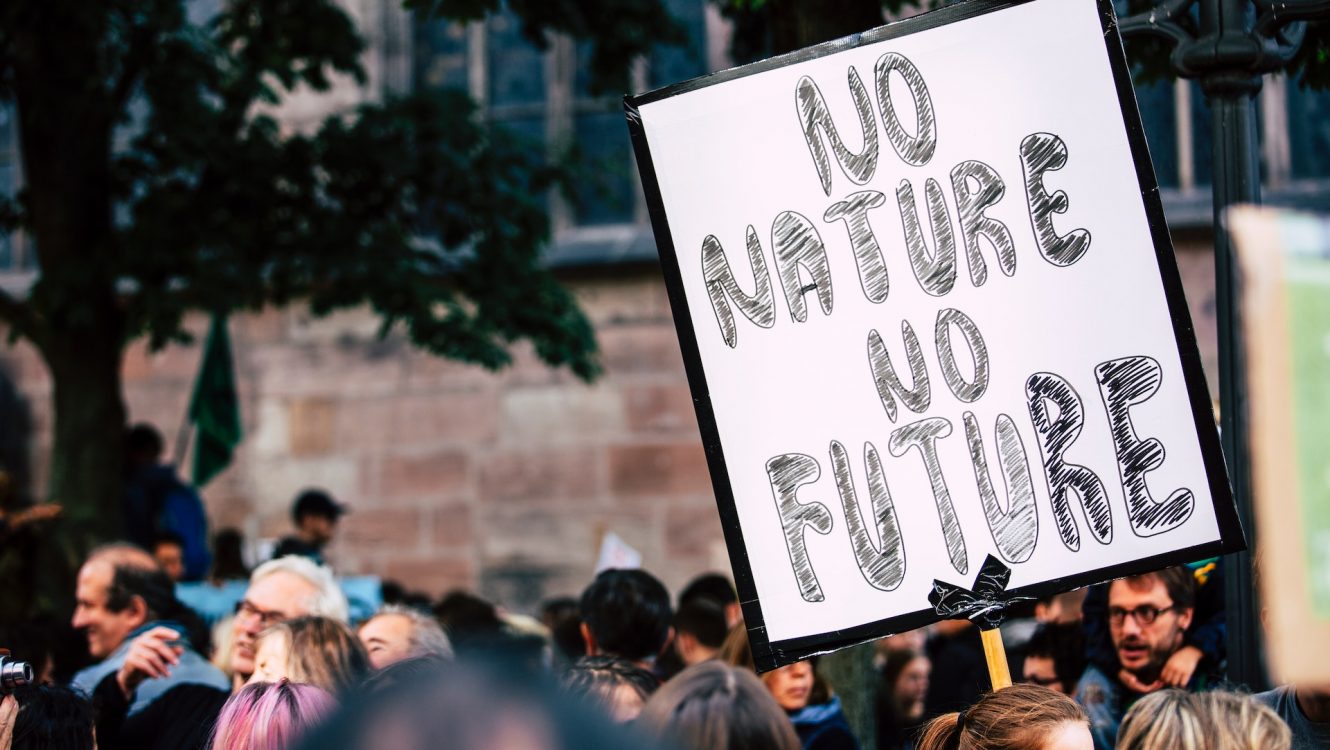Climate Hope: Five Major Shifts Since the Paris Agreement
Since the pivotal Paris Agreement, there has been a profound evolution in the dialogue surrounding climate change. Where once it was a concern of only a few, now, studies like the 2014 BBC survey and the 2021 ‘Peoples Climate Vote’ by UNDP and Oxford University illustrate a sweeping shift in global consciousness. Climate issues have now become a focal point in public and governmental debates, particularly in areas already facing the brunt of climate change.
The Rise of Net Zero Commitments
The ‘net zero’ concept has transitioned from a specialized notion to a widespread target. In 2015, only Bhutan had committed to a net-zero goal. Today, over 90 nations, responsible for almost 80% of the world’s emissions, have embraced similar pledges. This paradigm shift towards a fully decarbonized economy is especially prominent in the Global South. Despite existing challenges, the forecast for global temperature rise by 2100 has been lowered from a range of 3.6-3.9°C in 2015 to 2.7°C currently.
A New Era for Business and Finance
In the aftermath of the Paris Agreement, the corporate and financial sectors have significantly acknowledged the urgency of climate change. Companies are becoming more transparent about their environmental impact, and there’s a surge in sustainable investment. The decision at COP28 to move away from fossil fuels is catalyzing this change, intensifying the focus on renewable energy and the potential legal consequences of environmental misrepresentation.
Renewable Energy Gains Economic Edge
Over the last decade, renewable energy sources like solar and wind have become more economical than their fossil fuel counterparts in most parts of the world. This change is backed by the IPCC’s findings of a 60 to 90 percent drop in renewable energy costs over the past ten years. The International Energy Agency (IEA) notes that investment in clean energy now outpaces that in fossil fuels, with $1.70 spent on renewables for every dollar on fossil fuels.
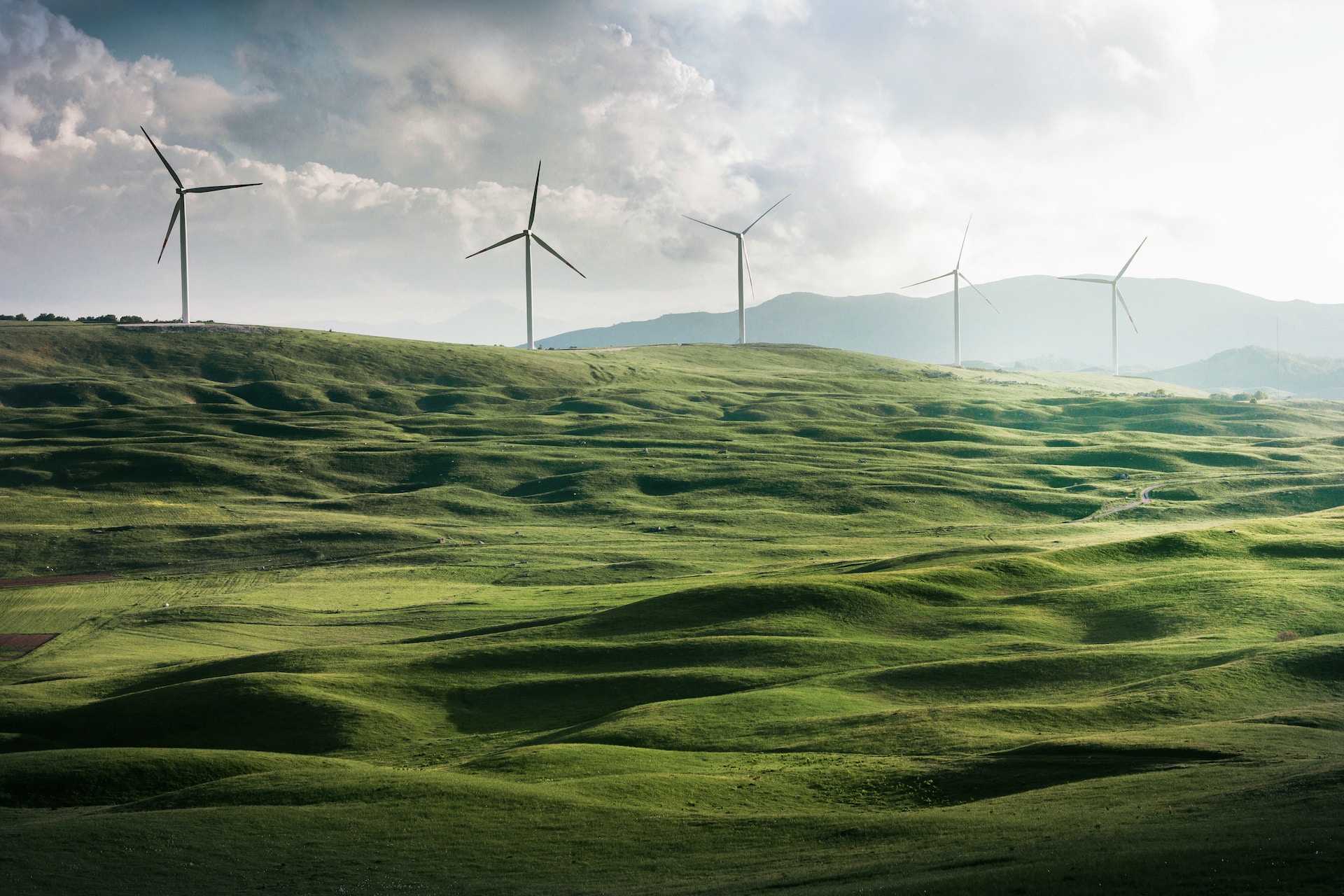
Electrification: A Key Strategy in Reducing Emissions
Electrification, particularly in transportation and building, is at the forefront of strategies combating climate change. The gradual elimination of combustion engines in favor of electric vehicles (EVs), bolstered by advancements in battery technology and incentives for heat pumps, exemplifies this trend. This approach is also making headway in traditionally hard-to-decarbonize sectors such as shipping and heavy industry, with innovative solutions like hydrogen steel and electric ships.
Conclusion: An Urgent yet Hopeful Path Forward
Despite the escalating pace of the climate crisis, these significant shifts since the Paris Agreement provide a glimmer of hope. The study emphasizes the need to continue and expand upon these positive developments to effectively confront and mitigate the rapidly intensifying climate emergency.
©eco-guardians.org



